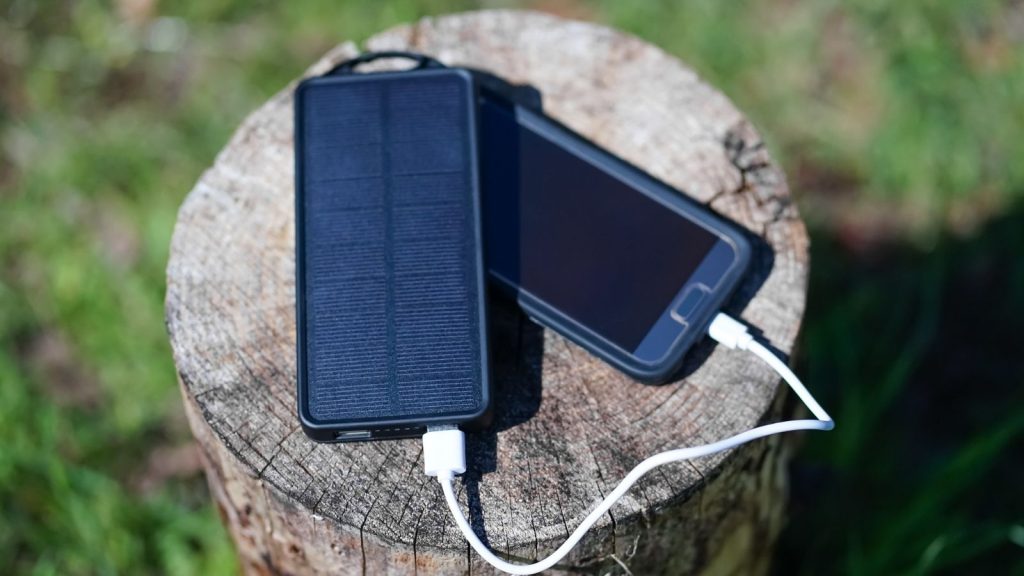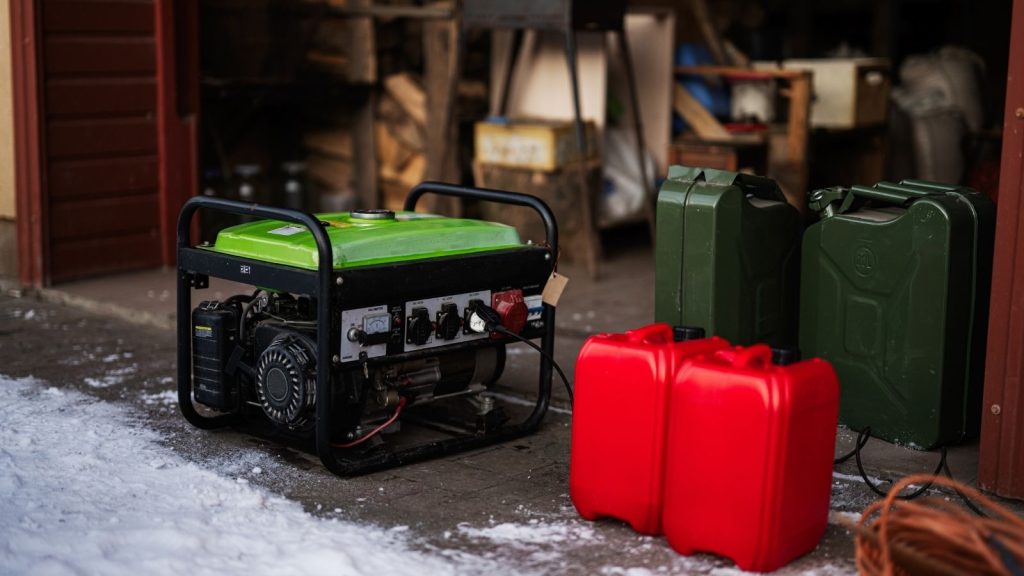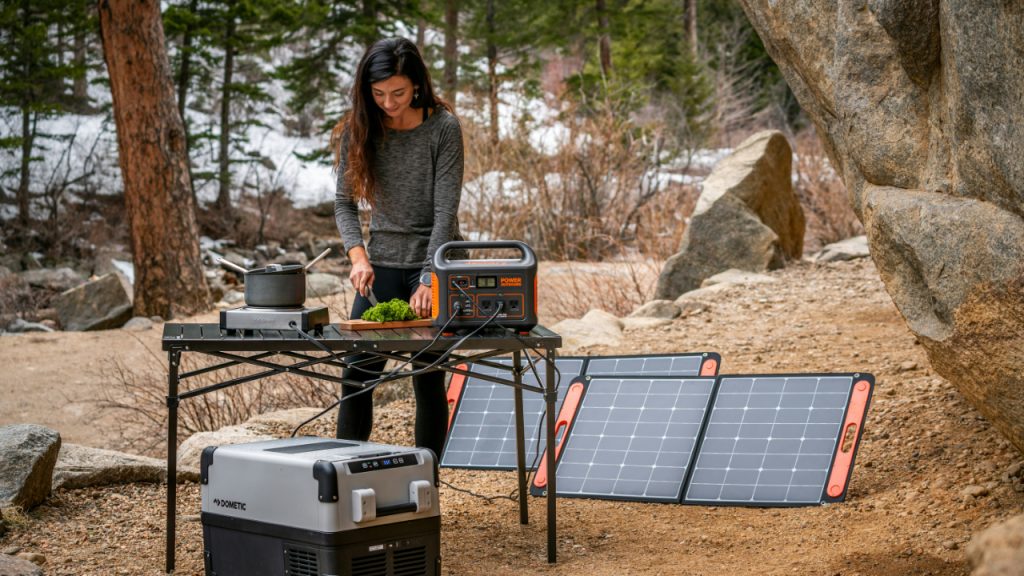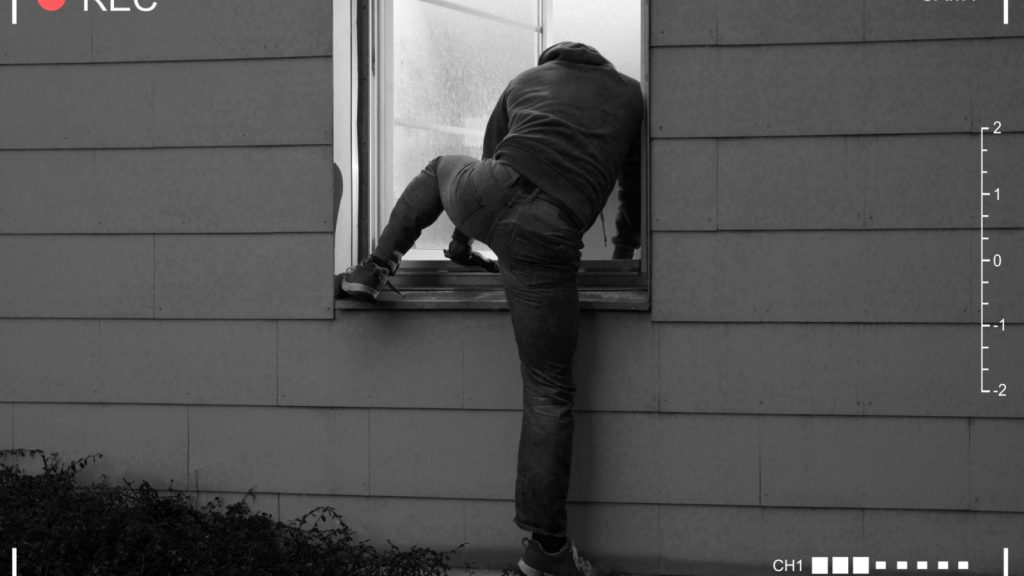When the lights go out, having a backup power plan can mean the difference between comfort and chaos. But with options ranging from $100 portable power banks to $15,000 whole-house generators, how do you choose what’s right for your family? Let’s break it down into practical, manageable solutions.

First Things First: What Do You Really Need to Power?
Before you spend a dime, grab a notepad and walk through your house. Make two lists:
Must-Have Power
- Medical devices
- Refrigeration for food and medications
- Basic lighting
- Emergency communications (phones, radios)
- Heat or cooling (depending on your climate)
- Well pump (if you’re not on city water)
Nice-to-Have Power
- Internet/WiFi
- TV/Entertainment
- Kitchen appliances
- Washing machine
- Computer/work equipment
Now you can match solutions to your actual needs instead of guessing or overbuying.
Understanding Your Power Options
Level 1: Basic Backup ($100-500)
Perfect for: Keeping phones charged and running small devices
What you can get:
- Portable power banks
- Small solar chargers
- Car power inverters
Real talk: These won’t run your fridge, but they’ll keep you connected and provide basic lighting. Great for power outages under 24 hours.
Pro tip: Get a few smaller units instead of one big one – they’re easier to charge and you can help neighbors in need.
Level 2: Middle Ground ($500-2000)
Perfect for: Running essential appliances for several days
Options include:
- Portable power stations (like Jackery or Goal Zero)
- Small gas generators (2000-4000 watts)
- DIY solar generator setups
Real talk: This is where most families should start. You can power essential medical devices, keep food cold, run some lights, and charge devices.
Pro tip: Portable power stations are quiet and can be used indoors, unlike gas generators.
Level 3: Serious Backup ($2000-7000)

Perfect for: Running multiple appliances for extended periods
Your choices:
- Large portable generators (5000-9000 watts)
- Mid-size solar systems with battery storage
- Small whole-house generators
Real talk: This level lets you maintain something close to normal life during extended outages.
Warning: Installation often requires professional help – don’t DIY your electrical panel connections.
Level 4: Whole House Solutions ($7000-20,000+)
Perfect for: Living normally during any outage
Options:
- Automatic standby generators
- Large solar arrays with battery backup
- Hybrid systems
Real talk: Expensive but comprehensive. These kick in automatically when power fails and can run everything in your house.
Making Smart Choices: A Real-World Guide
For Apartments and Small Homes
Best options:
- Portable power stations
- Small solar panels for balcony/window
- Battery backup systems
Focus on:
- Lighting
- Device charging
- Small appliances
- Food preservation
For Suburban Homes
Good choices:
- Medium-size portable generator
- Solar generator system
- Transfer switch for critical circuits
Consider:
- Refrigerator/freezer
- Well pump (if applicable)
- Basic HVAC
- Essential lighting
For Rural Properties
Think about:
- Whole-house generator
- Large solar array with battery storage
- Multiple backup systems
You’ll need:
- Well pump power
- Full appliance coverage
- Heating/cooling
- Workshop/barn power
Safety First: What You Need to Know
Generator Safety
- Never run generators indoors or in garages
- Keep them 20 feet from doors and windows
- Have proper ventilation
- Use appropriate extension cords
- Install carbon monoxide detectors
- Store fuel safely and properly
Electrical Safety
- Don’t back-feed your panel (it can kill utility workers)
- Use transfer switches or interlocks
- Have proper grounding
- Keep connections dry
- Follow local codes and permits
Maintenance Matters
Regular Testing
- Run your backup system monthly
- Test under load quarterly
- Check batteries every six months
- Update fuel stabilizer annually
Seasonal Checks
- Clean solar panels
- Test generators before storm seasons
- Check battery systems before extreme weather
- Verify fuel supplies and rotation
Making It All Work Together
Smart preppers often use multiple solutions:
- Solar power bank for devices
- Portable generator for major appliances
- Battery backup for critical medical equipment
This gives you redundancy and flexibility.
Cost-Saving Tips
- Start Small and Build Up
- Begin with basic power banks
- Add portable solar panels
- Graduate to larger systems as budget allows
- Watch for Sales
- Generator sales before hurricane season
- Solar equipment during winter
- Battery systems during grid upgrade promotions
- Consider Used Equipment
- Just have it professionally inspected
- Check for recalls
- Get maintenance records
The Bottom Line
Don’t feel pressured to buy the biggest, most expensive system right away. Start with covering your essential needs and build from there. Remember:
- Any backup is better than no backup
- Match the solution to your actual needs
- Consider maintenance and fuel storage
- Plan for the most likely scenarios first
- Safety always comes first
Whether you’re starting with a simple power bank or installing a whole-house system, the key is having a plan and knowing how to use your equipment before you need it. Test your systems, involve your family in the planning, and stay within your budget. The best emergency power solution is the one that works for your specific situation and that you can maintain long-term.
James is a former logistics coordinator and wilderness safety instructor, whose practical experience taught him the value of sensible preparedness and calm resilience. Passionate about self-reliance, James teaches everyday skills—like water purification, emergency communication, and outdoor safety—to help people confidently handle life's disruptions without fear or overwhelm. His approachable style combines real-world insights with relatable, personal stories and experiences.



